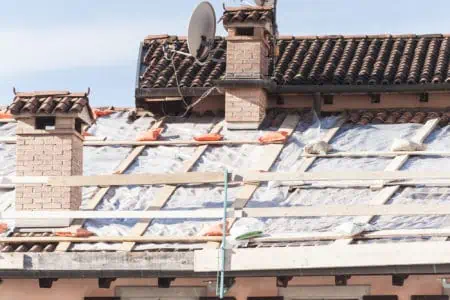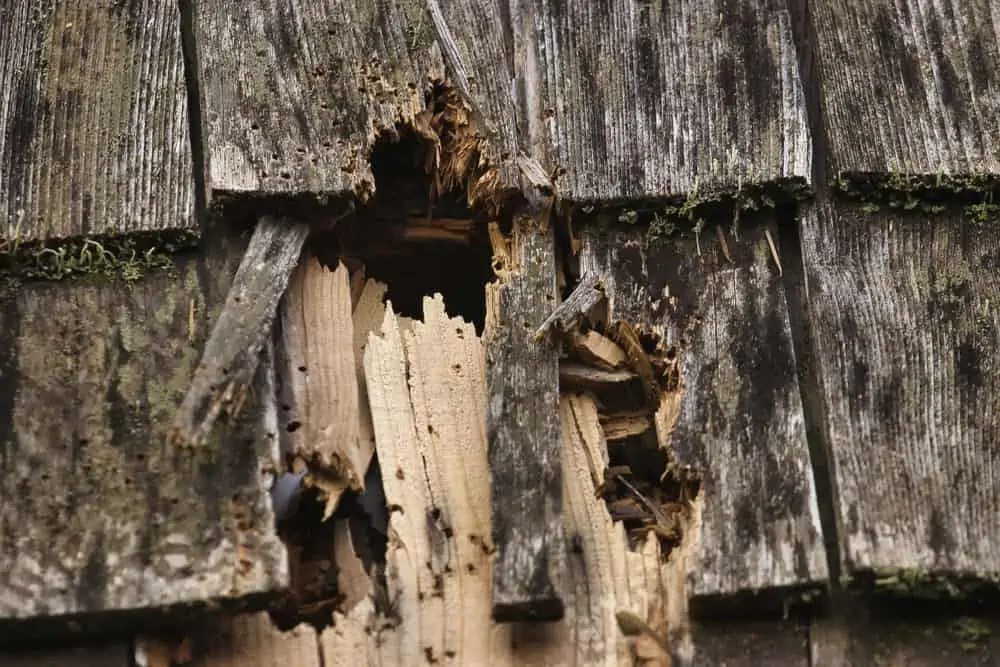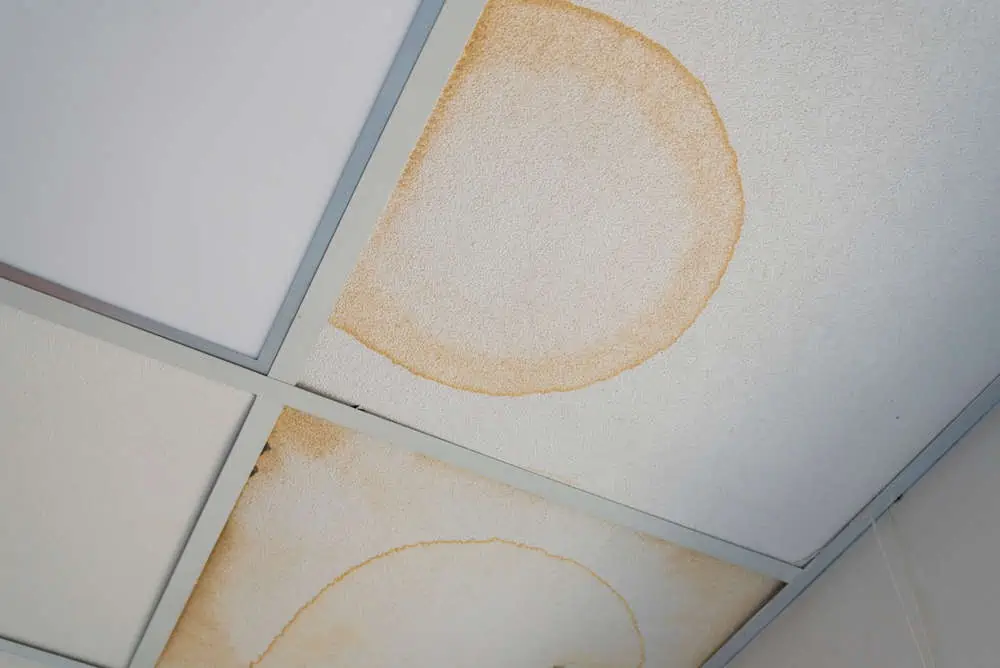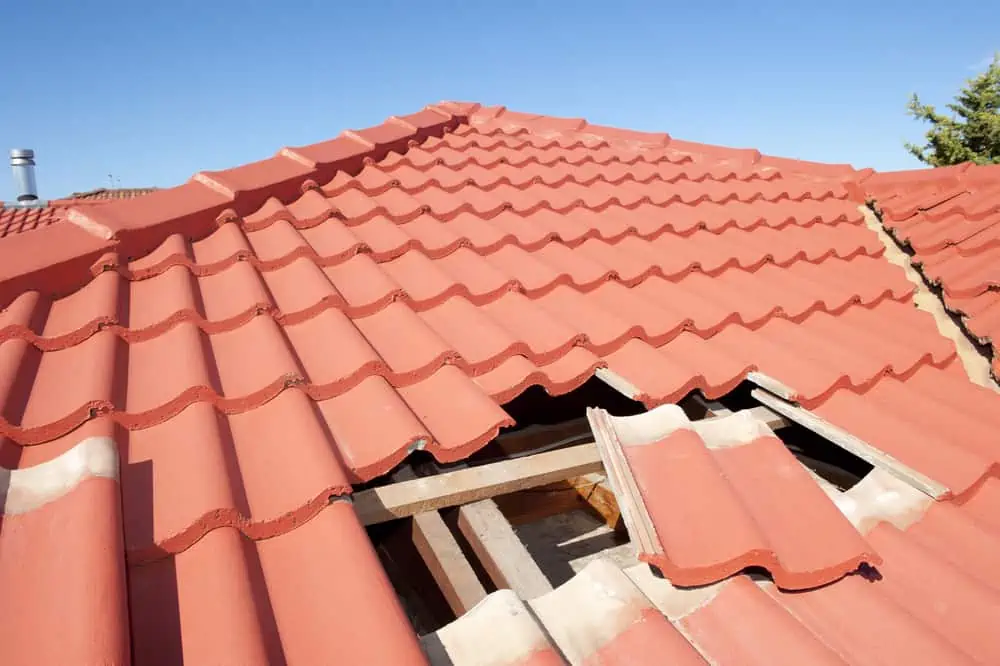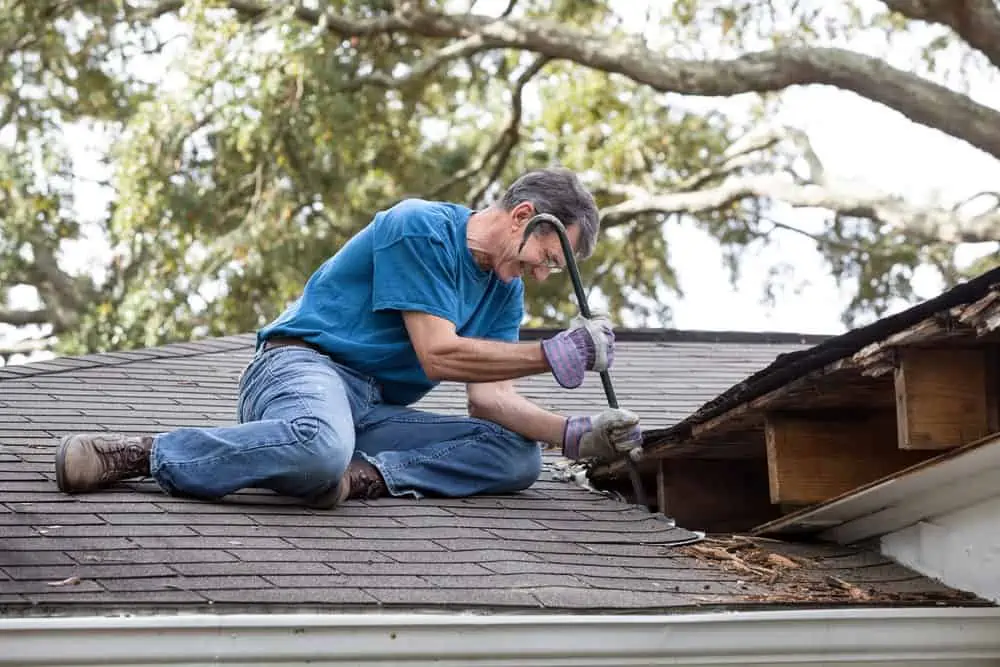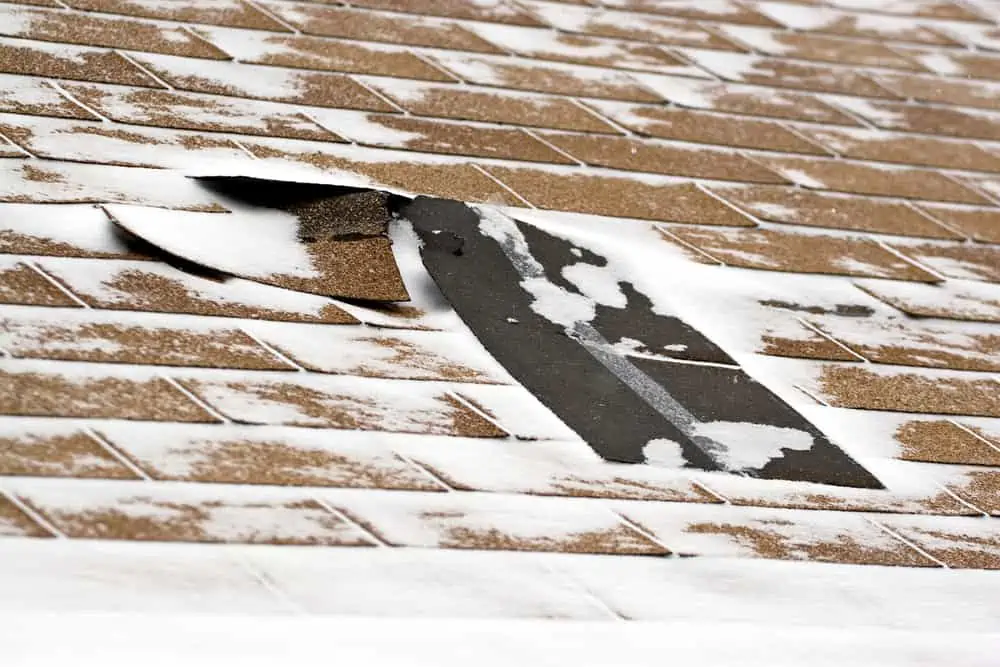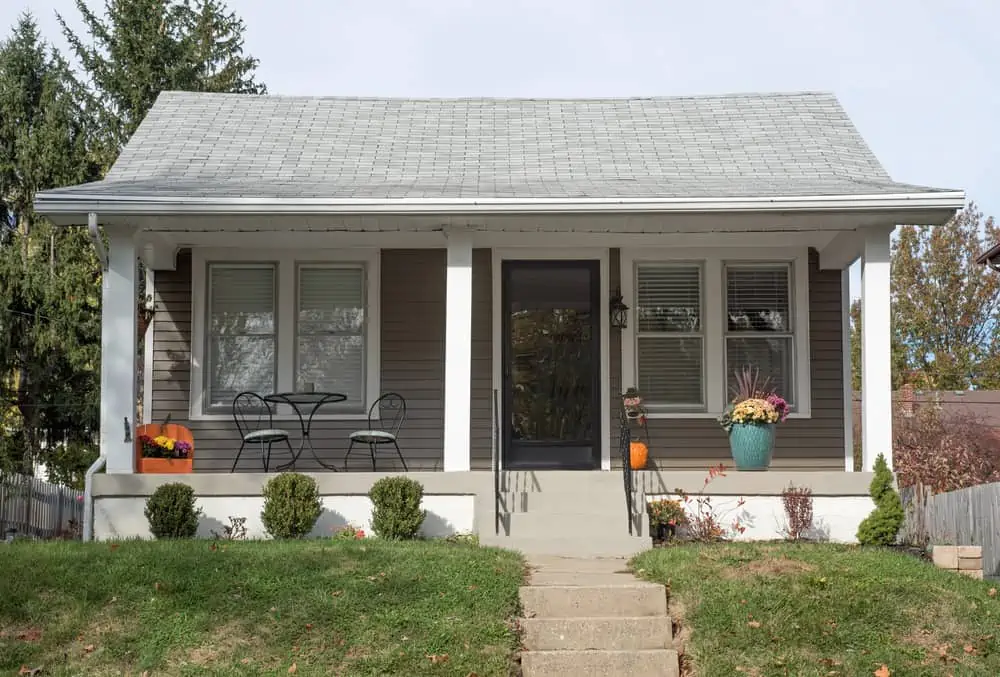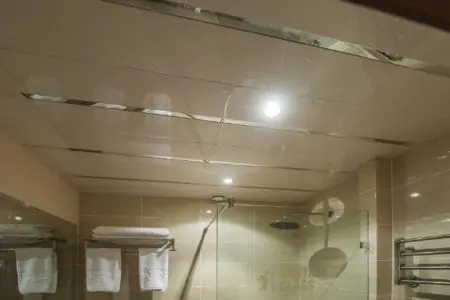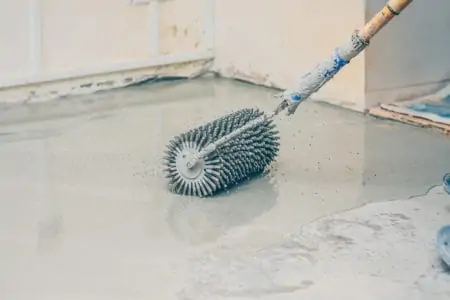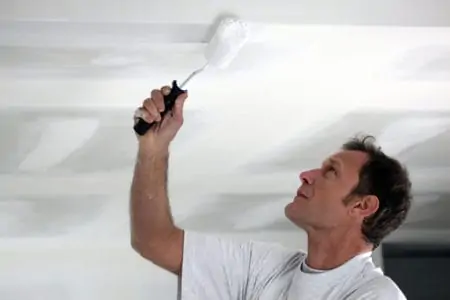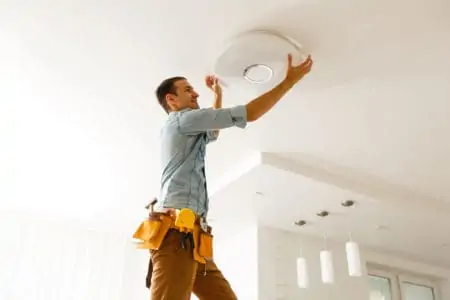Did you notice some water stains in the attic, and you’re worried it might be roof damage? Not only is premature roof repair expensive, but it can also cause structural home damage. If you want to learn how often to replace a roof, we’ve got you covered.
Key Takeaways
- Roof replacement depends on the material: Common shingle roofs last 15-30 years, while metal and clay roofs can last up to 100 years.
- Factors affecting roof replacement time include materials, installation, color, ventilation, insulation, sun exposure, and maintenance.
- Signs of needing a new roof include holes, leaks, water stains, missing shingles, damaged decking, roof damage, and roof sagging.
- To make a new roof last longer, avoid power-washing shingles, insulate the attic, inspect ventilation, and cut hanging branches.
Why Do Roofs Need to be Replaced?
It’s important to know how often you should replace or redo your roof because there could be dire consequences if you don’t. Plenty of things can go awry if roof replacement isn’t done in time.
Water Damage
Failing to address the issue of an old roof may result in visible water damage. Areas that allow water to enter your home endanger not only the roof’s stability but also the home’s structure.
Water leads to roof rot and may cause more damage to the interior of your home. Is this the situation with your current roof? Then you should act quickly to have it replaced.
Structural Damage
A faulty or hazardous roof that no longer performs its function can result in major difficulties in other areas. If water discovers new ways to enter your property, it may be causing more harm than you realize or can see.
It may begin to decay and wear away at structural beams in your home. This could potentially result in a roof collapse and jeopardize the structural integrity of your home. This is especially true if the home in question is single-story.
Naturally, you want to avoid anything approximating a roof or structural collapse. This will not only cause damage to your home but might also be extremely dangerous for you and your family.
Decreased Home Value
A damaged roof that is in desperate need of replacement will not only perform poorly but will also look horrible. Roof replacement is undoubtedly a renovation that you’ll want to consider before listing your property, even more so if you’re planning to sell.
Take Note
You could lose a potential buyer for your property if the roof is damaged or doesn’t pass inspection.
Replacing your roof will boost the resale value of your property and improve its exterior appeal. A new roof’s before and after values are definitely worth the investment.
Average Roof Replacement Time
Knowing when to replace a roof is key, so it’s essential to know the average lifespan of different existing roof types. So, how often does a roof need to be replaced?
| Roof Type | Average Lifespan |
| Asphalt Shingles | 15 – 30 years |
| Wood Shingles | 25 – 30 years |
| Wood Shakes | 35 – 40 years |
| Metal Roofs | 50 – 100 years |
| Clay Tiles | 50 – 100 years |
| Slate Roofs | >100 years |
Asphalt Shingles
3-tab asphalt shingle roofs have an average lifespan of 15 to 20 years. If you opt for architectural asphalt shingle roofs, they could last up to 10 years longer because of their design.
Wood Shingles
Typically, wood shingles endure between 25 and 30 years. However, they require maintenance, which reduces their useful life.
If you don’t maintain a clean roof free of leaves and moss development, they trap moisture against the roofing, promoting degradation. However, if you maintain your wood shingle roof properly, you may get 50 or more years out of it.
Wood Shakes
Wood shakes have an average lifespan of 35 to 40 years, depending on how well they are maintained.
Metal Roofs
The life of a metal roof is strongly connected to the type of metal in question. For example, metal roofs made from aluminum, tin, or steel usually last about 50 years. Those made from copper and zinc can last even more than 100 years.
Clay Tiles
Clay tiles are heavy and resilient. Considering their durability, they usually last more than 50 years, with some being good for up to a century.
Slate Roofs
Known for being the most durable in the bunch, slate roofs can last even more than 100 years.
Factors that Affect Roof Replacement Time
There are a few external factors that impact the durability of your roof. Not all of these variables are within your control. But they are critical in understanding how to maintain the integrity of your roof.
Materials
This may seem obvious, but the quality of your roof material will dictate its lifespan. Asphalt shingles are used the most in America due to their durability and efficiency, but mostly affordability.
But asphalt roofs don’t endure as long as more expensive options like tile or metal roofs. That is why you should examine the desired lifespan of your roof when determining which material is appropriate for your property.
Installation
We hate to admit it, but installation errors do occur and can result in your roof failing prematurely. The materials you select are just as critical as the installation procedure.
That is why it’s best to hire a reputable roofing contractor with years of expertise. They’ll ensure you’re receiving the best value for your money.
Color
Darker roofing materials are more likely to retain heat, which can result in cracking and hastened damage over time. Roofing materials with lighter colors maintain a cooler temperature.
The color of your roof may not be a significant factor in your region. But it is always something to consider and discuss with your roofing contractor.
Ventilation & Insulation
Insulating a house is critical. In the winter, good insulation helps your roof retain heat, preventing ice buildup and keeping your home warmer during the cold months.
Along with insulation, you need to have adequate roof ventilation. This assists in keeping your roof cool throughout the summer months, thereby preserving the heat level of your shingles and minimizing damage.
Sun Exposure
Weather conditions have a significant role in determining the lifespan of your roof. Strong winds, large hail, snow, and ice, among other factors, will shorten the life of your roof.
Although roofs are designed to be sturdy and lasting, even the toughest roofs may eventually deteriorate if subjected to extreme circumstances repeatedly. Increased solar exposure is another significant factor in the deterioration of roofing systems.
This will eventually fade the color and damage the material of your roof. Especially if you live in a region where the days are hot, and the sun shines for extended periods of time.
UV rays increase roof deterioration, which means you may need to replace your roof much sooner than expected. Live in a warm and mostly sunny climate? Always inquire about the finest roofing material for your property from your roofing contractor.
Maintenance
Regular roof maintenance will guarantee that your roof remains in excellent condition for years to come. This includes gutter cleaning, tree cutting, moss removal, inspecting for damaged shingles, inspecting metal framing for rust, and getting rid of debris.
Homeowner Tip
Conducting a general roof inspection at least once a year will preserve your roof’s longevity.
Signs You Need a New Roof
Now, these might not always be indicators, but it’s good to watch out for them.
Holes & Leaks
Holes that are large enough for sunlight to shine through are an early symptom of roof damage. These are likely signs that your roof may need to be replaced soon.
Smaller holes and cracks will continue to allow moisture to enter. As previously mentioned, these deteriorate rapidly. If you see sunlight filtering through holes in your ceiling, it’s time to have your roof inspected.
Water Stains
If you notice yellow or brown circular stains on your ceiling, you most likely have a leak. This discoloration is caused by rainwater bringing dirt or other material through the roof or walls to the surface.
Missing Shingles
Shingles can be blown away by a very powerful storm. If this happens, water will start to penetrate through the roof into the sheathing underneath.
This, in turn, leads to rot and other types of roof damage. If you have missing or damaged shingles, replace or change them and repair the roof accordingly.
Damaged Decking
As the foundation of your roof, decking serves as a support for all subsequent roof layers such as underlayment, shingles, and flashing. So, if there is damage to your decking, there’s a good chance of damage to other portions of your roof.
Roof Damage
You can also find evidence of roof deterioration from the outside. The most noticeable are cracked, rotting, missing, or otherwise damaged shingles. Examine your roof for any unusual spots. Roofs are made to be attractive, neat, and uniform in appearance.
Roof Sagging
A sagging roof is one that must be replaced immediately to prevent more damage. Inspect the surface for any evidence of trapped moisture, decaying boards, or drooping areas, particularly at the roof’s lowest points.
How Do You Make a New Roof Last Longer?
Weather is known for taking its toll on a new roof. While you can’t control the weather, there are still some tricks you can turn to. These will help your roof last longer.
Don’t Power-Wash the Shingles
Concentrated spray can dislodge the granules from the shingle’s top layer, and the subsequent damage may not be under warranty. Use a leaf blower or a broom, or manually remove moss, dirt, and debris. And do not attempt it on your own if you’ve never done it before.
Insulate the Attic
This helps prevent ice dams, which can result in costly leaks, particularly at the intersections of roofing planes. Lighting might also have an effect.
Normally, as the snow on your roof melts, it drips off. However, if the recessed lighting in your cathedral ceiling is inadequately insulated, the heat can melt snow and ice from beneath.
When moisture is trapped, it can leak through nail holes and rot the roof’s decking. A roofer might install a self-adhesive membrane to protect selected portions of the roof from ice and water to mitigate the effect.
Inspect the Ventilation
Inadequate or incorrectly situated attic vents and soffits can produce condensation on the plywood decking that supports your roof tiles, resulting in decay. A badly positioned exhaust fan might have the same effect.
A contractor can inspect your system and provide recommendations that could save you money and trouble in the long run.
Cut Hanging Branches
Overhanging branches can encourage squirrels to climb onto your roof. It’s crucial to remove those branches to discourage these critters from making your roof their new home.
Along with overhanging branches, leaf accumulation can cause water to pool in certain sections of your roof during a rainstorm, resulting in a leak.
Can I Use My Homeowners Insurance to Replace My Roof?
You can use your home insurance to replace the roof if the damage is caused by a natural disaster or an unexpected accident. Most insurance policies for homeowners don’t cover the cost of replacing or repairing a roof that has deteriorated gradually due to neglect or natural wear and tear.
The roof is a vital part of the structure of your home. So, you’re often protected against such risks under the dwelling coverage provision of your homeowner’s insurance policy. Damage and devastation caused by such catastrophes entitle the homeowner to partial or full roof replacement.
You’ll still be responsible for paying your policy’s deductible before coverage begins. Certain plans, particularly those established in certain high-risk states, have a higher deductible for hurricane- or hailstorm-related damage.
Residents who seek to protect their property in those locations must frequently obtain additional coverage or a separate hurricane or windstorm insurance policy. Anyone seeking additional protection or a higher level of coverage may do so as well.
FAQs
If you’re wondering about the costs of a new roof or repairs, I’ve got some extra info for you.
The Bottom Line
Knowing how often to replace a roof means knowing more about the type of roof in question, as well as what can shorten its lifespan. With proper maintenance, your roof may even last a lifetime.
